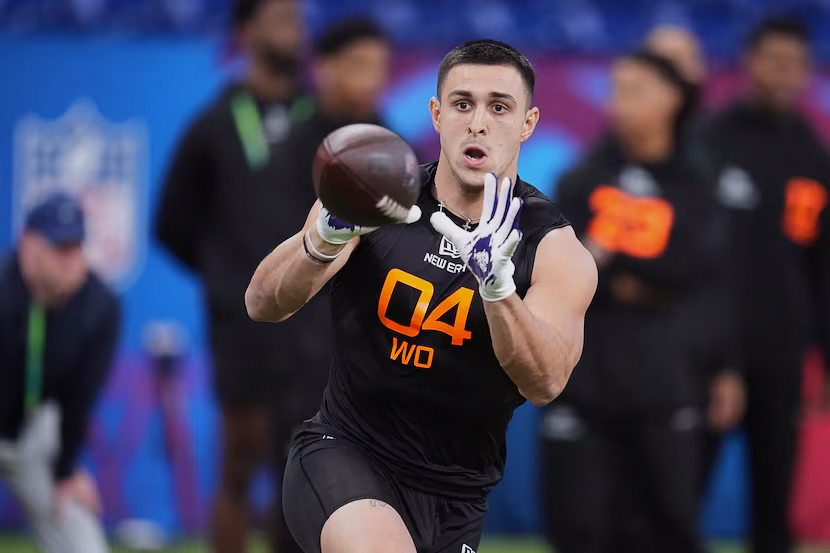The Big 12’s new concussion policy goes farther than the NCAA’s, but officials with TCU athletics said last week neither address the issues needed to keep athletes safe.
The change grants physicians authority to determine when players can return to play after suffering a concussion, but there’s no mention of what type of equipment players should use.
Gretchen Bouton, TCU’s Senior Associate Athletics Director for Compliance and Student Services, said that during the 2015 NCAA Conference, the Big 12 saw a bigger issue with the new concussion protocol.
“You don’t want to vote against concussion legislation, because it looks like you’re against concussion management and that’s not what it is,” Bouton said. “We wanted to table it, and we wanted a committee to re-evaluate what the legislation was and propose something that was meaningful, not just PR, that had teeth and was legal.”
Dr. Michele Kirk, a team physician at TCU, said one of the issues with the NCAA’s policy is it doesn’t clarify that each school or conference has to use the same equipment.
“That’s one of our issues with the policy currently is it doesn’t give a lot of teeth to anything,” Kirk said. “It’s a huge PR stunt in our opinion and it doesn’t give a lot of teeth to anything, because nobody’s going to be using the same equipment to measure so we feel like that puts us at risk.”
A concussion protocol was also passed during the 2015 NCAA Conference in January but neither of these rulings will affect how TCU trainers and physicians handle concussions.
TCU’s Associate Director of Sports Medicine David Gable said the only change is that the university will now have to send their concussion management plans to a committee.
“There are going to be representatives from each of the big conferences and they want to review it,” Gable said. “I’m pretty comfortable that what we have in place is already above and beyond what most people have.”
Kirk said the lack of consistency with equipment that each university can use could actually be used against people in lawsuits.
“You’re going to have to defend why you chose what you chose,” Kirk said. “I think if we were all using similar things, that puts you at less risk legally.”
Gable said all football players must receive a baseline test and go through a concussion education class as a first-year athlete before they’re allowed to do any contact.
“They agree they’re going to report not only concussions on themselves but also on their teammates as well as other injuries,” Gable said. “That all happens before they step out to the practice field.”
The NCAA protocol also calls for policies that deal with returning to the classroom.
Kirk said once an athlete is diagnosed with a concussion, he or she comes to see the team physicians every day and follows a return-to-play protocol.
“[The athletes] come to see us every day and we do a symptom checklist on them to follow up and to see if they’re getting better,” Kirk said. “My biggest concern at that point is getting them back in class.”




